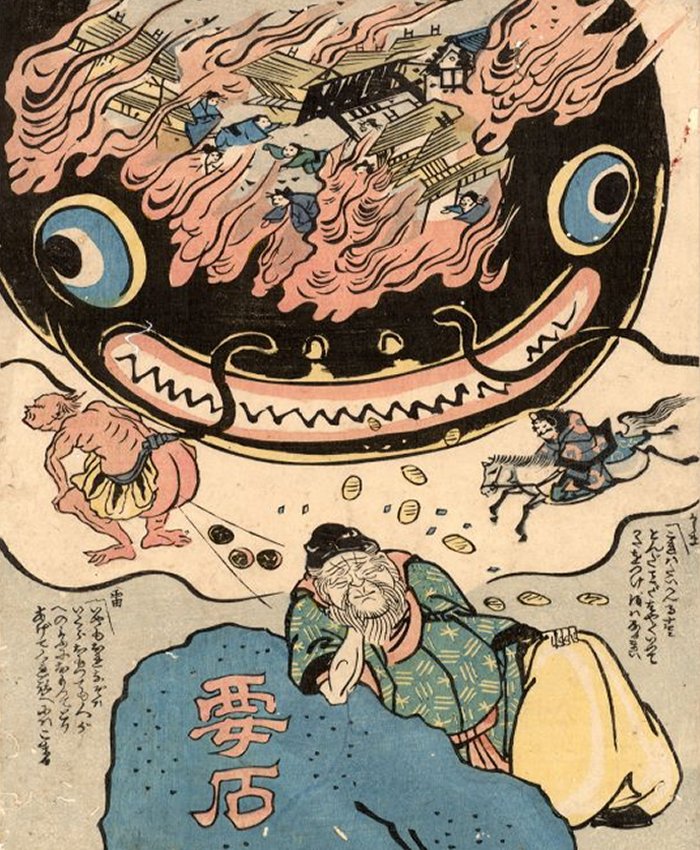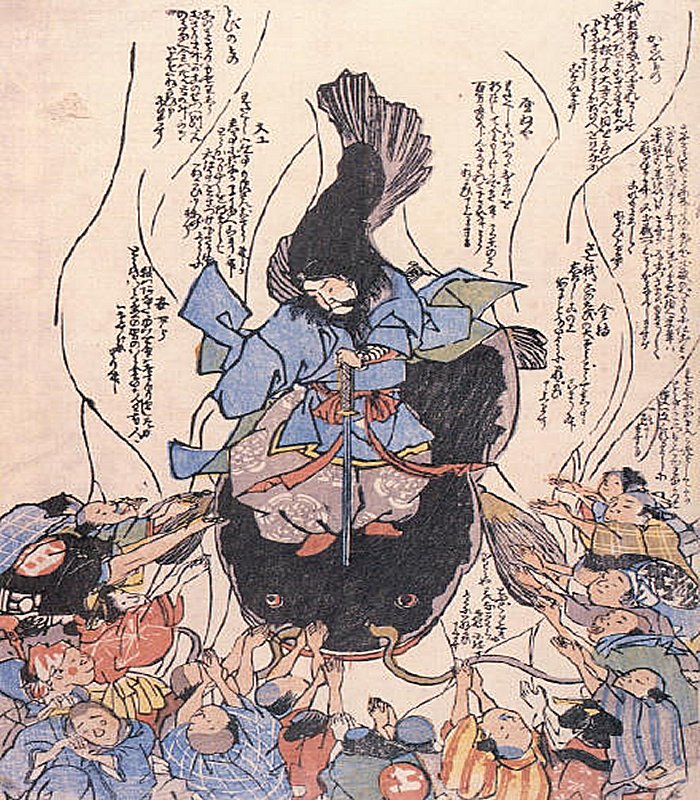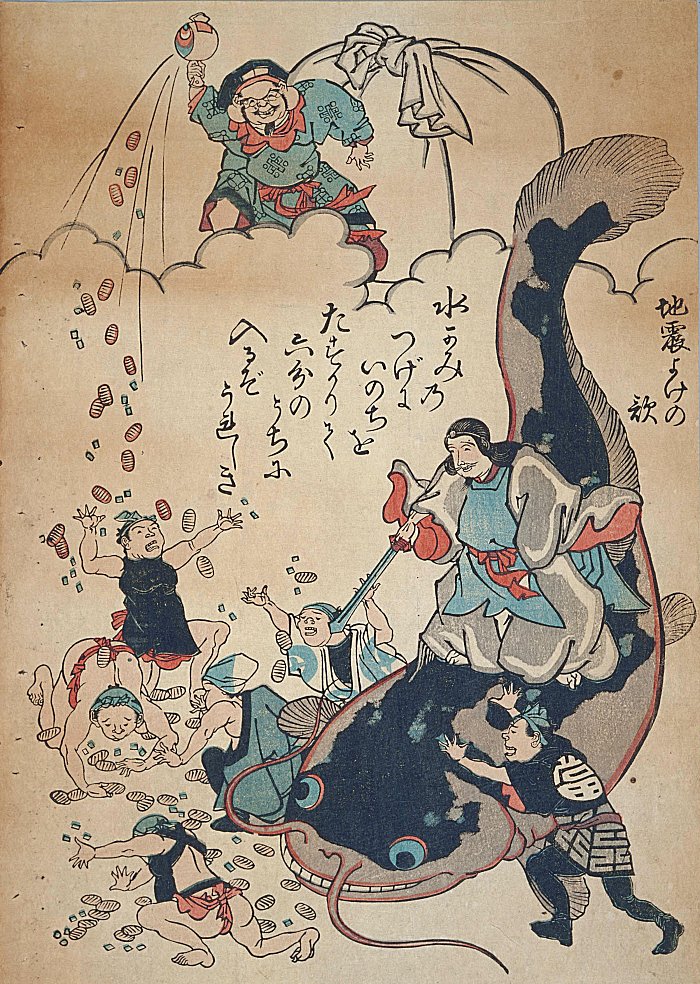Odd Monster Namazu ‘Earth Shaker’ Was First Feared By People And Later Worshiped As Luminous Deity Repairing The World
A. Sutherland - AncientPages.com - In ancient times, people did not know the causes of earthquakes and other hazards. Therefore, the gods were most often responsible according to the people's beliefs.
Namazu-e (catfish picture). The deity Ebisu falls asleep while guarding the foundation stone (kaname ishi) for Kashima, allowing the Namazu to cause the quake that destroys Edo. Kashima (aka Takemikazuchi, enshrined at Kashima shrine) is seen returning on horseback, too late. The thunder deity is seen engaging in 'thunder farting'. Coins are seen falling from the destruction, indicating redistribution of wealth. Image credit: Unknown author - (International Research Center for Japanese Studies) - Public Domain
The ancient Egyptians lived in pre-scientific times, as did other ancient civilizations and cultures worldwide. The ancient Egyptian farmers did not know that seasonal rains caused the Nile waters to rise yearly. They thought the Nile flooded on orders from the gods, especially, Hapi.
If the gods were angry, they could punish people with a drought, and their crops would die, but too much flooding was dangerous and devastating for agriculture.
And who was 'responsible' for causing earthquakes according to Greek myths? Since the Greeks have always been forced to live with the awareness of seismic hazards, earthquakes have been inscribed in the myths they created. In myths, one can find the first attempts to explain the nature of seismic phenomena.
In Greek myths, Zeus and Poseidon were responsible for sending earthquakes. And let's not forget the giant Enceladus, trapped under Mount Etna in Sicily, usually blamed for earthquakes and volcanic eruptions. With every strong shock, Enceladus's name is still often invoked in expressions like "Enceladus is angry" or "The giant Enceladus has woken up."
All mythical giants were personifications of the forces of nature, and earthquakes are an example of such tremendous power against which man is powerless.
Namazu-e - Kashima controls Namazu with his sword. Image credit: Unknown author - (International Research Center for Japanese Studies) - Public Domain
Through the ages, Japan has often been haunted by devastating earthquakes that have shaped the country's history and culture.
Namazu (the 'Earthshaker)' represents a very odd monster in Japanese mythology. In folk beliefs, the gigantic catfish dwells deep in the water in the earth's center or occupy large caverns deep underground. The monster Namazu belongs to Kashima, the god of thunder, often mentioned as Takemikazuchi in myths.
He is the one who tries to tame the creature or at least restrain its unbelievable strength by putting a sacred kaname-ishi ('pinning rock') on Namazu's body. If the god Kashima is absent from time to time or relaxes his mind, a major earthquake will occur.
The ground would shake because Takemikazuchi–Kashima lost control over the creature and its craziness. In earlier beliefs of the poor Japanese, the giant Namazu wanted to punish the rich who had acquired their treasures by dishonesty.
In ancient times, myths and legends made gods and monsters responsible for harm caused to people. Today, science helps to explain various phenomena like earthquakes, floods, and more.
Abnormal behavior of various animals, such as dogs, crows, and fish, has been reported in various countries around the world. In Japan, "if a giant catfish in the ground gets angry, the ground
will shake," and the relationship between catfish and earthquakes
has been related since ancient times. It took, however, a long time to explain it scientifically.
Namazu-e - Daikoku redistributes wealthies's riches. The mallet-shaking god is probably Daikokuten; the catfish rider is presumably Takemikazuchi. Source - Public Domain
Now, it is confirmed that catfish are very sensitive to electricity. About a week before the M5.9 earthquake occurred in Tokyo Bay on February 2, 1992, an increase in the number of pulses of electromagnetic waves and the activity of catfish was carefully observed. It is suspected that it is related to the earthquake.
After the earthquake near Edo (present-day Tokyo) in 1855, the Japanese changed their attitude toward the creature and saw something positive in the Namazu's doings. According to the beliefs of many, the earthquakes that the monster created destroyed not only the cities but also living conditions and so, in this way, equalized the poor with the rich.
The Japanese began to worship him as a "great luminous deity repairing the world." With time, the popularity of the Namazu spread quickly among the Japanese. Kashima shrine began to offer a wide selection of earthquake talismans associated with Namazu to guard the body against earthquakes or as a magic to dispel anxiety.
Let's hope that it helps the Japanese Islands' residents develop a more positive attitude toward earthquakes that haunt the country.
Earthquakes have enormous power, and unfortunately, no successful fighting methods are available against them.
Written by – A. Sutherland AncientPages.com Senior Staff Writer
Copyright © AncientPages.com All rights reserved. This material may not be published, broadcast, rewritten or redistributed in whole or part without the express written permission of AncientPages.com
More From Ancient Pages
-
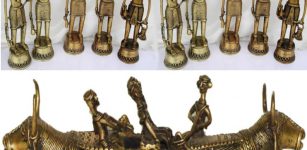 Telangana And Great Ancient Iron Masterwork Of Skilled Blacksmiths Of India
Ancient Technology | May 26, 2017
Telangana And Great Ancient Iron Masterwork Of Skilled Blacksmiths Of India
Ancient Technology | May 26, 2017 -
 Why Are Christmas Ghost Stories So Fascinating?
Christmas Traditions | Dec 24, 2019
Why Are Christmas Ghost Stories So Fascinating?
Christmas Traditions | Dec 24, 2019 -
 Dearg-Due Frightening Female Demon And Tyrannical Abhartach Of Irish Folklore
Celtic Mythology | Jan 5, 2017
Dearg-Due Frightening Female Demon And Tyrannical Abhartach Of Irish Folklore
Celtic Mythology | Jan 5, 2017 -
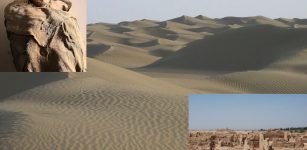 Secret Ancient World Buried Under The Vast Takla Makan Desert
Featured Stories | Jun 1, 2020
Secret Ancient World Buried Under The Vast Takla Makan Desert
Featured Stories | Jun 1, 2020 -
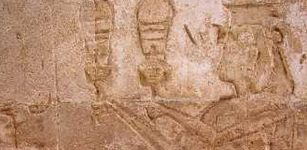 Female Pharaoh Twosret Was Exploited, Used And Almost Erased From History
Featured Stories | Apr 11, 2019
Female Pharaoh Twosret Was Exploited, Used And Almost Erased From History
Featured Stories | Apr 11, 2019 -
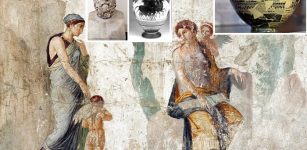 Aphrodite Signified More Than Beauty – Five Other Realms In Which The Greek Goddess Also Reigned
Featured Stories | Sep 18, 2024
Aphrodite Signified More Than Beauty – Five Other Realms In Which The Greek Goddess Also Reigned
Featured Stories | Sep 18, 2024 -
 Deciphered Ancient Stone Tablets Contain Sacred Knowledge That Could Re-Write History
Ancient Mysteries | Aug 28, 2018
Deciphered Ancient Stone Tablets Contain Sacred Knowledge That Could Re-Write History
Ancient Mysteries | Aug 28, 2018 -
 Sacred Artifact With Mystical Powers – The Discovery – Part 2
Ancient Mysteries | Apr 26, 2019
Sacred Artifact With Mystical Powers – The Discovery – Part 2
Ancient Mysteries | Apr 26, 2019 -
 Lofn ‘Matchmaker’ – Norse Goddess Of Forbidden Marriages Of People Who Wish To Be Loved And Search For Partners
Featured Stories | Mar 25, 2021
Lofn ‘Matchmaker’ – Norse Goddess Of Forbidden Marriages Of People Who Wish To Be Loved And Search For Partners
Featured Stories | Mar 25, 2021 -
 Spooky Forest Hiding Cursed Ancient Treasures And A Mysterious Armored Skeleton
Featured Stories | Aug 21, 2025
Spooky Forest Hiding Cursed Ancient Treasures And A Mysterious Armored Skeleton
Featured Stories | Aug 21, 2025 -
 Makhunik – 5,000-Year-Old City Of Dwarfs Who Hoped To Return One Day
Civilizations | May 28, 2014
Makhunik – 5,000-Year-Old City Of Dwarfs Who Hoped To Return One Day
Civilizations | May 28, 2014 -
 Astronomers Confirm Solar Eclipses Mentioned In Indigenous Folklore And Historical Documents In Japan
Folklore | Nov 9, 2022
Astronomers Confirm Solar Eclipses Mentioned In Indigenous Folklore And Historical Documents In Japan
Folklore | Nov 9, 2022 -
 Why Was The Pineapple A Status Symbol Once?
Ancient History Facts | Jun 4, 2025
Why Was The Pineapple A Status Symbol Once?
Ancient History Facts | Jun 4, 2025 -
 Scientists Found Mysterious Prophecies In Ancient Egyptian Pyramid – Are They Linked To The Strange Visions Some Experience Inside?
Featured Stories | Dec 17, 2024
Scientists Found Mysterious Prophecies In Ancient Egyptian Pyramid – Are They Linked To The Strange Visions Some Experience Inside?
Featured Stories | Dec 17, 2024 -
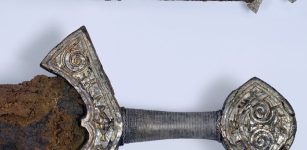 Mystery Of The Langeid Viking Sword And Its Undeciphered ‘Magical’ Inscriptions
Artifacts | Jun 4, 2022
Mystery Of The Langeid Viking Sword And Its Undeciphered ‘Magical’ Inscriptions
Artifacts | Jun 4, 2022 -
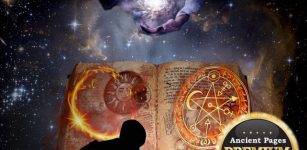 Your Destiny Is Engraved And Stored – Guardians Of The Great Mystery – Part 2
Ancient Mysteries | Jul 11, 2018
Your Destiny Is Engraved And Stored – Guardians Of The Great Mystery – Part 2
Ancient Mysteries | Jul 11, 2018 -
 Mysterious Ancient Tomb And A Strange Vanishing In France – DNA Failed To Solve The Riddle?
Featured Stories | Feb 20, 2024
Mysterious Ancient Tomb And A Strange Vanishing In France – DNA Failed To Solve The Riddle?
Featured Stories | Feb 20, 2024 -
 Deception And Hidden Truth – Ancient Struggle Of The Eagle And Serpent – Part 2
Ancient Mysteries | Sep 6, 2019
Deception And Hidden Truth – Ancient Struggle Of The Eagle And Serpent – Part 2
Ancient Mysteries | Sep 6, 2019 -
 Mystery Of The Forgotten Explorers And Ancient Artifacts That Re-Write History Of North And South America
Ancient Mysteries | Apr 13, 2020
Mystery Of The Forgotten Explorers And Ancient Artifacts That Re-Write History Of North And South America
Ancient Mysteries | Apr 13, 2020 -
 Rare Preserved Written Account Of North America’s Ancient Lost Civilization Of Tall Beings From An Unknown Land
Featured Stories | Aug 25, 2024
Rare Preserved Written Account Of North America’s Ancient Lost Civilization Of Tall Beings From An Unknown Land
Featured Stories | Aug 25, 2024

